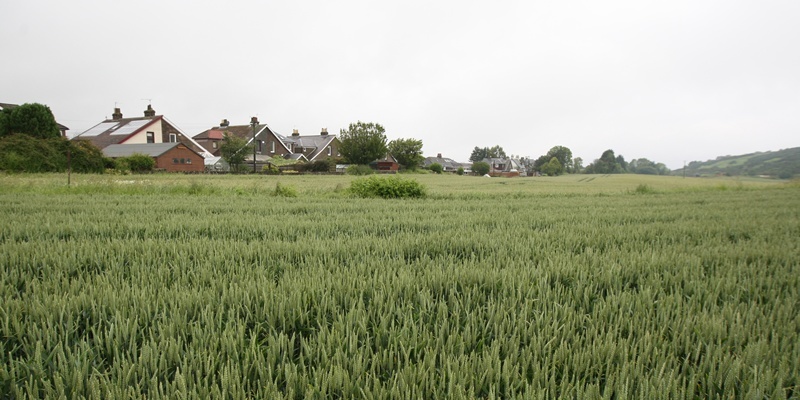Controversial plans which would have led to a population explosion in Wormit have been thrown out by a Scottish Government reporter.
Stewart Milne Homes and Linlathen Developments had joined forces to lodge an application to build 200 homes. The proposals, which were opposed by many residents, have been hanging over the village for almost two years.
There were cheers from the public gallery last November when Fife Council rejected the plan. However, the developers appealed to the Scottish Government, leading to an inquiry launched by reporter William Patterson.
He has now brought relief to objectors by ruling against the application.
Mr Patterson said the development would have become a “commuter enclave”, unrelated to Wormit or Newport. He also claimed that the application was “too imprecise and premature” and that a departure from development plans could not be justified.
Among those pleased by Mr Patterson’s findings is Tay Bridgehead councillor Ron Caird. A member of the council’s planning committee, he has been a vocal opponent of the proposal.
He warned that, given the size of the 17.3-hectare site, the 200 homes could very quickly have been followed by 200 more.
Mr Caird said, “I feared it would have acted as a Trojan horse for further development.”
The government appeal came after the council ruled the site was outwith Wormit’s settlement boundary. Concerns that the land was not zoned for residential development and that the application was contrary to policies restricting new housing in the countryside were also flagged up.
The council added that the houses would not maintain or enhance Wormit’s visual amenity and would set an “unacceptable precedent” for further development “to the detriment of the rural character.”
Continued…
Mr Caird shared these concerns and said the “overwhelming majority” of locals would also be relieved to learn Mr Patterson had ruled against the application.
“My contention was that the site was not at all within the village envelope,” said Mr Caird. “It was also premature to publication of the local plan.”
He added, “The application would, if approved, have led to a huge increase in the number of houses in what is a relatively small community.”
Mr Caird also believes the impact on the road network would have been devastating.
“There would have been gridlock the infrastructure simply does not exist to support such a huge number of homes.
“It is also worth noting that houses elsewhere are not selling at the moment.”
He said he was “delighted” that the government had found in the council’s favour.
Mr Caird said, “I think it is fair to say that I am not alone in my relief. A lot of local people were extremely concerned about the application and were delighted when Fife Council rejected it.”
Fellow Tay Bridgehead councillor Tim Brett said, “This has been a lengthy process and it was very clear from the word go that this application … was being strongly resisted by large numbers of people within the community of Wormit.”
